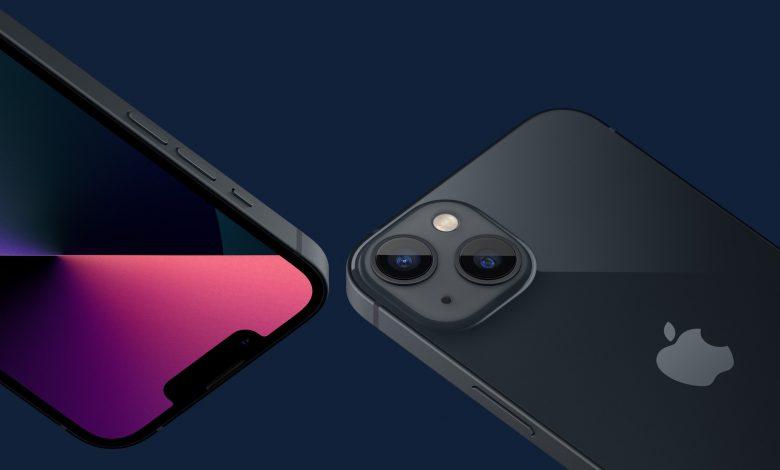Apple is again under the spotlight after fighting with the European Union seems to be close to the end, and the Tech giant begins to lick his wounds.The desire of the representatives of the European Commission to standardize the USB-C port as a unique connectivity solution is very good for users, but puts the American company in a difficult position..And this new law would not only apply to phones but also to headphones, portable speakers, tablets and largely, to any device to be charged or transmit data to other devices..
The motivation with which Apple is trying to fight against this law is that the adoption of USB-C would be in the way of innovation.However, the answer came from Anna Cavazzini, one of the members of the European Commission, who stated that the rules will adapt if a better port will appear than the USB-C.In this way, he dismantled the stupid argument by which the American company tries to keep their port owner with whom users forces to remain in his eco-system for several launches.
And with this answer, it would seem that representatives of the European Commission cannot be convinced to change their minds.Apple will in this way have to comply, and this move will be beneficial for the technology industry as a whole.
Apple started migrating slowly to USB-C

To be honest, I don't understand very well why Apple continues to hold with the teeth of the Lightning Port.After all, the only flagship product in the manufacturer's catalog that still uses this port is iPhone 13.Apart from the phone series, all iPad models except 10.2 ″ have already made the switch to USB-C.And even if you still find lightning on audio products such as Airpods, iPod Touch or Powerbeats Pro, other products like Beats Flex and Beats Studio Buds have made the passage.
From a technical point of view, the reasons to make the passage are more numerous than to keep the port of lightning.A good example is the loading speed, which is limited to 25W per last generation of iPhone, while Android with USB-C can reach 120W, and the technologies of the future will not allow up to 240W through the same port.
When it comes to data transfers, the speed of the fastest Lightning port is limited to the USB 3 standard.0, ie 5GBPS.At the same time USB-C reaches 10GBPS while some USB 3 devices.2 (like the external SSD Kingston SXS2000) reach up to 20GBPS.
There is another variant, in which the conflict between Apple and the European Union could be resolved very quickly.As wireless charging is becoming more and more efficient, future iPhone models could be launched without any port, so they would thank everyone.Only this version is not yet feasible, as Magsafe technology is limited to 15W and wireless connectivity (either Wi-Fi 6) is far after the speeds that are capable of USB-C.
TaguriApple